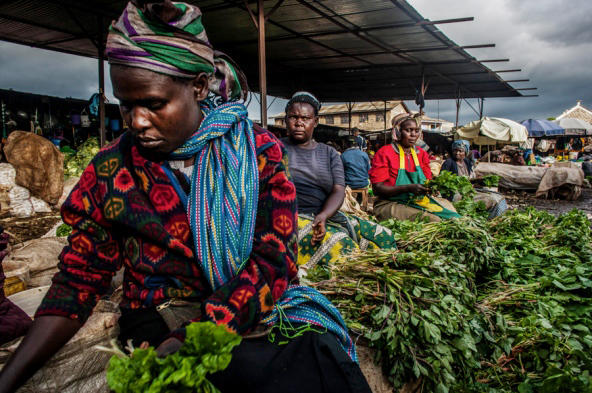Indigenous vegetables make a comeback in Kenya and other African countries

Nature highlights the revival of indigenous vegetable in Kenya and other African countries this month, a positive trend towards bringing more nutritious food into African diets, particularly to those who cannot afford meat and animal proteins.
Indigenous vegetables are now in vogue. Just a few years ago, many plates in Nairobi's restaurants were previously filled with staples, cabbage and kale. Now, African nightshade, amaranth, cowpea leaves and other traditional vegetables are readily available in stores and restaurants. Areas planted with indigenous greens rose by 25% in Kenya between 2011 and 2013.
This June, Nature featured the rise of Africa's super vegetables and the work done by organizations such as the World Vegetable Center (AVRDC), the World Agroforestry Centre, Bioversity International and Kenyan universities, to bring nutritious indigenous vegetables into local people's diets.
Bioversity International scientist Raymond Vodouhe also highlights the potential of domesticating wild vegetables ― a way to make these nutritious plants more accessible when food is scarce, and preserve them as a food source for communities in the face of increasing deforestation.
What are the challenges and the appeal of eating and growing African leafy vegetables?
Read the full article in Nature: The rise of Africa's super vegetables
